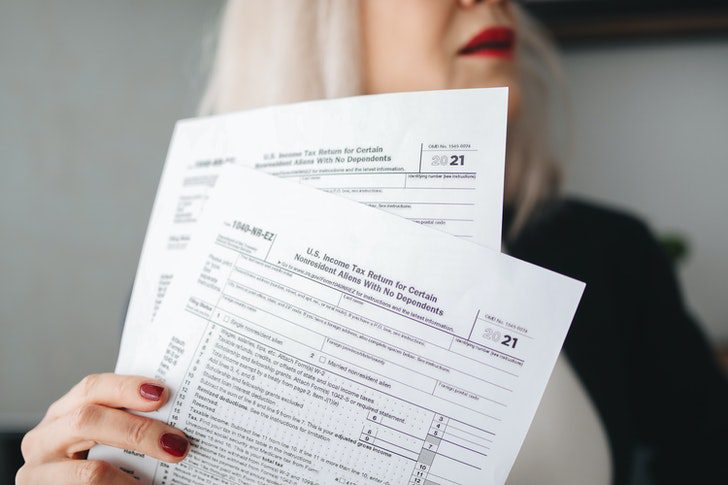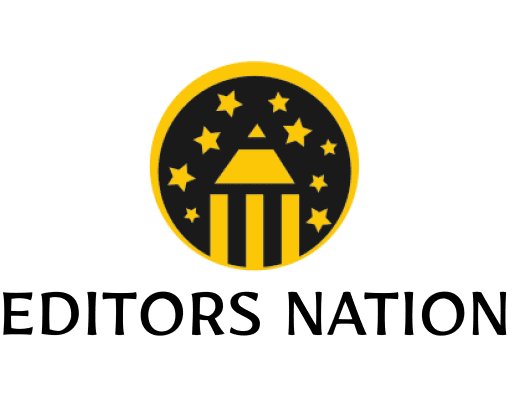2021 has been a boom year for equity markets, while inflation expectations have shifted, and many workers in the emerging post-COVID world have reconsidered their work, finances, time, and health.
As always, we believe that successful investors start with a plan, whether it’s to start saving and investing or to manage, protect, and use the wealth they already have. Heading into 2022, we see three trends that could have implications for financial planning and wealth management: a rise in inflation and shifting taxes.
Inflation:

Inflation has been rising, with the all-item version of the Consumer Price Index for All Urban Consumers (CPI-U) recording a 6.8% increase during the 12 months through November 2021. This was the largest 12-month increase since the 12-month period ending in June 1982. Gold reached a recent peak of about $1,950 per troy ounce in January 2021 but has traded in a range of roughly around $1,800 since mid-2021. Expectations of future inflation rates are likely to drive fluctuations in the price of gold in 2022.
To protect yourself from inflation, you could diversify your investments. You can maintain your purchasing power over a more extended period by determining the right assets for your investment. Before investing, you should consider some prominent factors, such as income expenses, analyze the risk, the time horizon and tolerance for damage.
You can protect yourself by signing up for Treasury Inflation-Protected Securities, or TIPS. The TIPS principal is measured by the Consumer Price Index and increases with inflation and your paid interest rate but decreases with deflation. However, when your TIPS bonds mature, you are paid an adjusted principal over a long period.

Minimum tax rates
The Organization for Economic Cooperation and Development (OECD) has announced a 15% increase in all global corporate minimum tax rates. To protect yourself from tax rates, you first need to maximize every opportunity for tax-advantaged saving and investing in employer-sponsored retirement accounts, IRAs, Roth IRAs, and Health Savings Accounts (HSAs).
All tax-advantaged accounts can help boost wealth, but HSAs and Roth accounts are extremely helpful to fund now if you believe your taxes will be higher in the future or want diversification of accounts based on tax treatment to provide flexibility to manage taxes in retirement. Whatever tax-advantaged account you select, make sure to receive the full employer match in employer-sponsored accounts, such as a 401(k), if available to you.

In America, a 401(k) plan is sponsored by employees to directly contribute to their pension account from their paychecks. A 401(k) plan checks out your money before your income is assessed by federal income taxes and allows you to invest more of your income without having to set a monthly budget revolving around your retirement savings. However, a 401(k) Roth feature uses income after applying taxes. This plan could be taken after assessing if your tax bracket supports you in your retirement savings.






